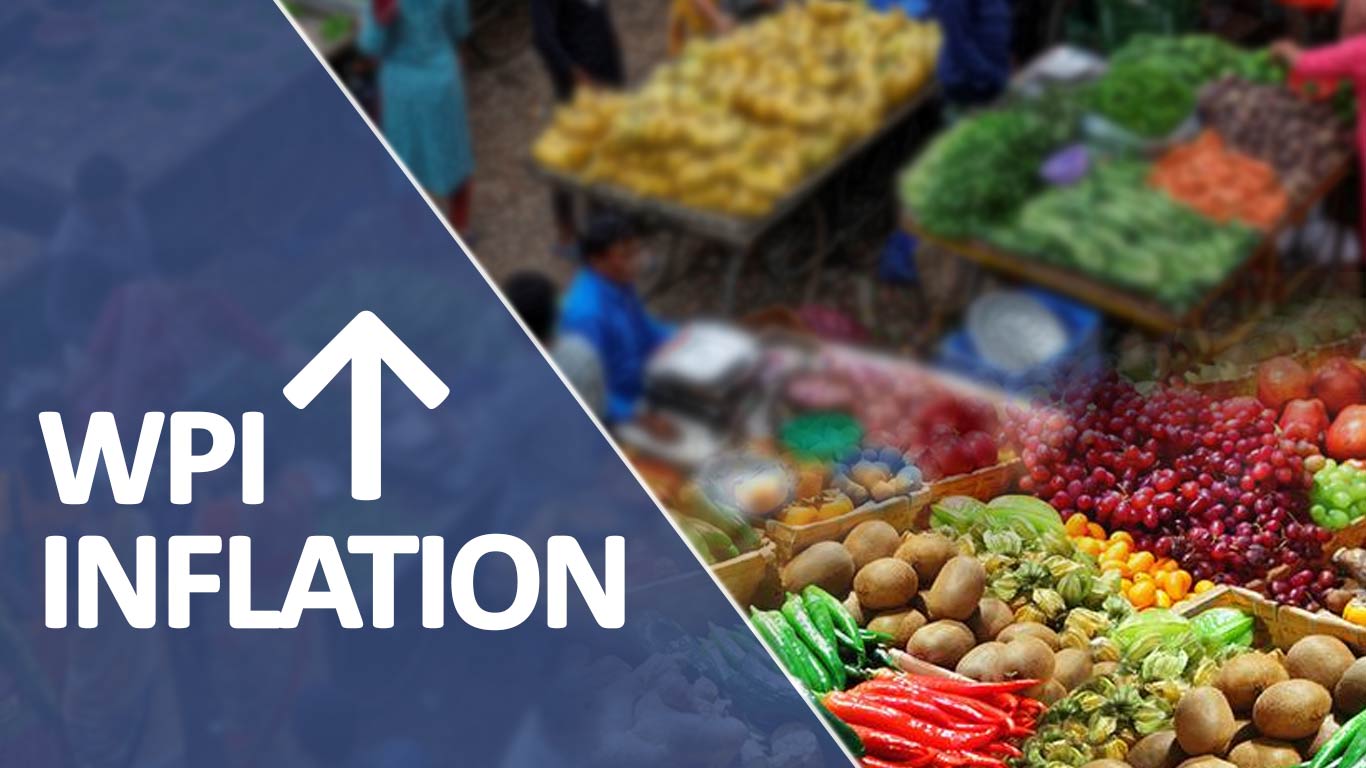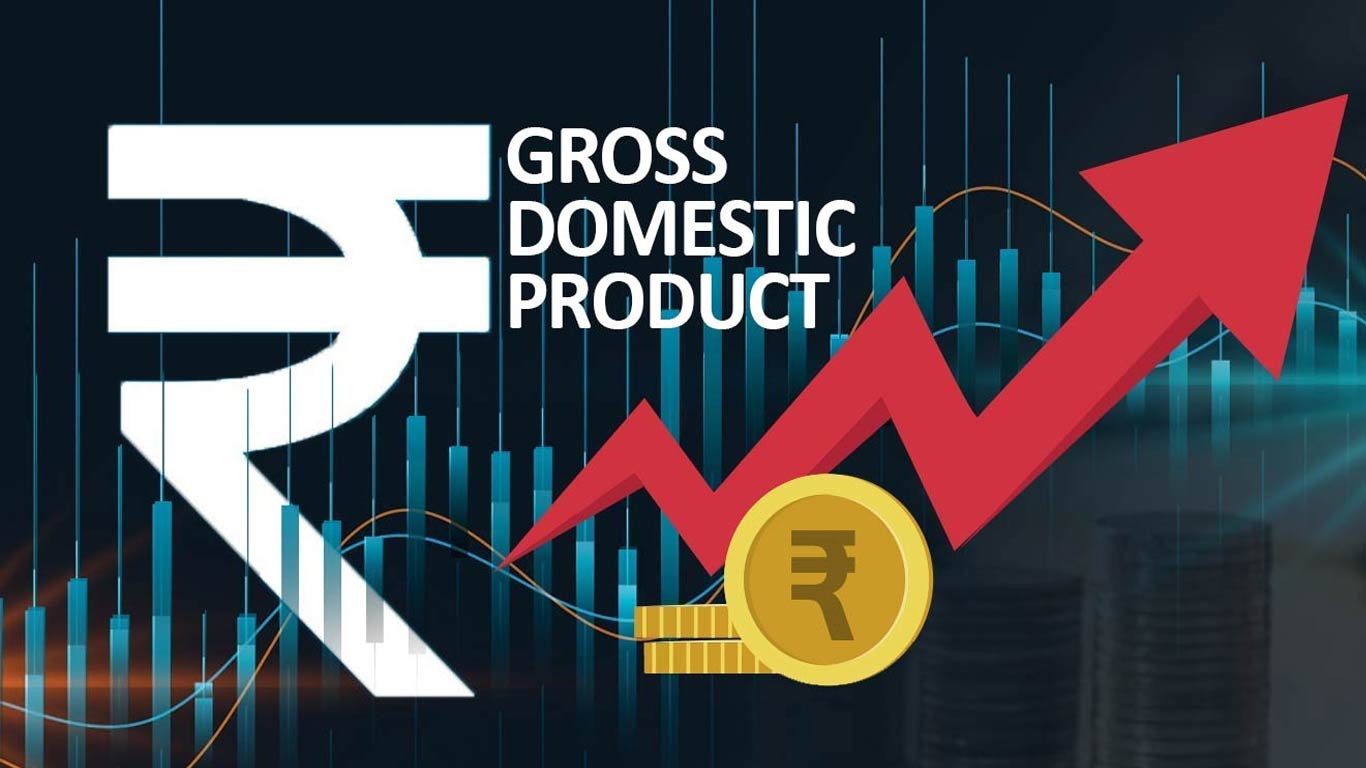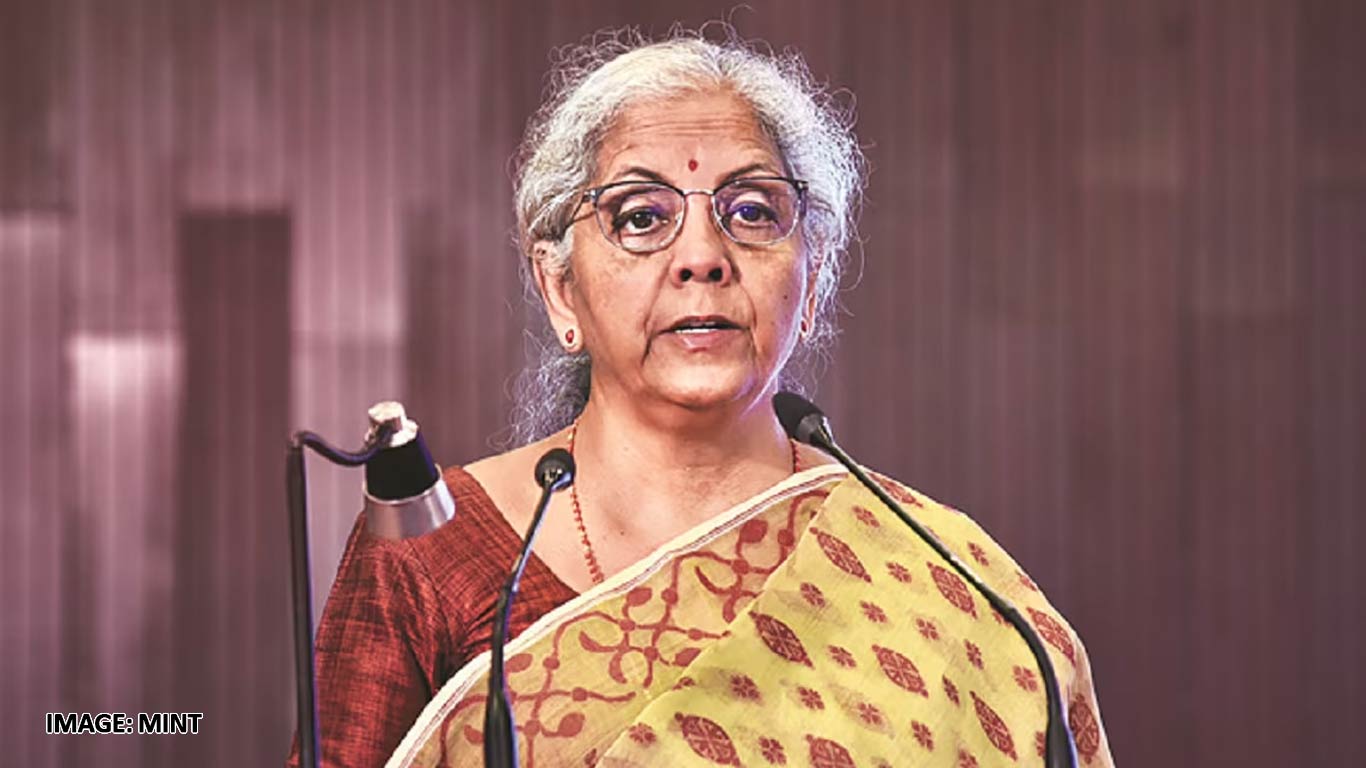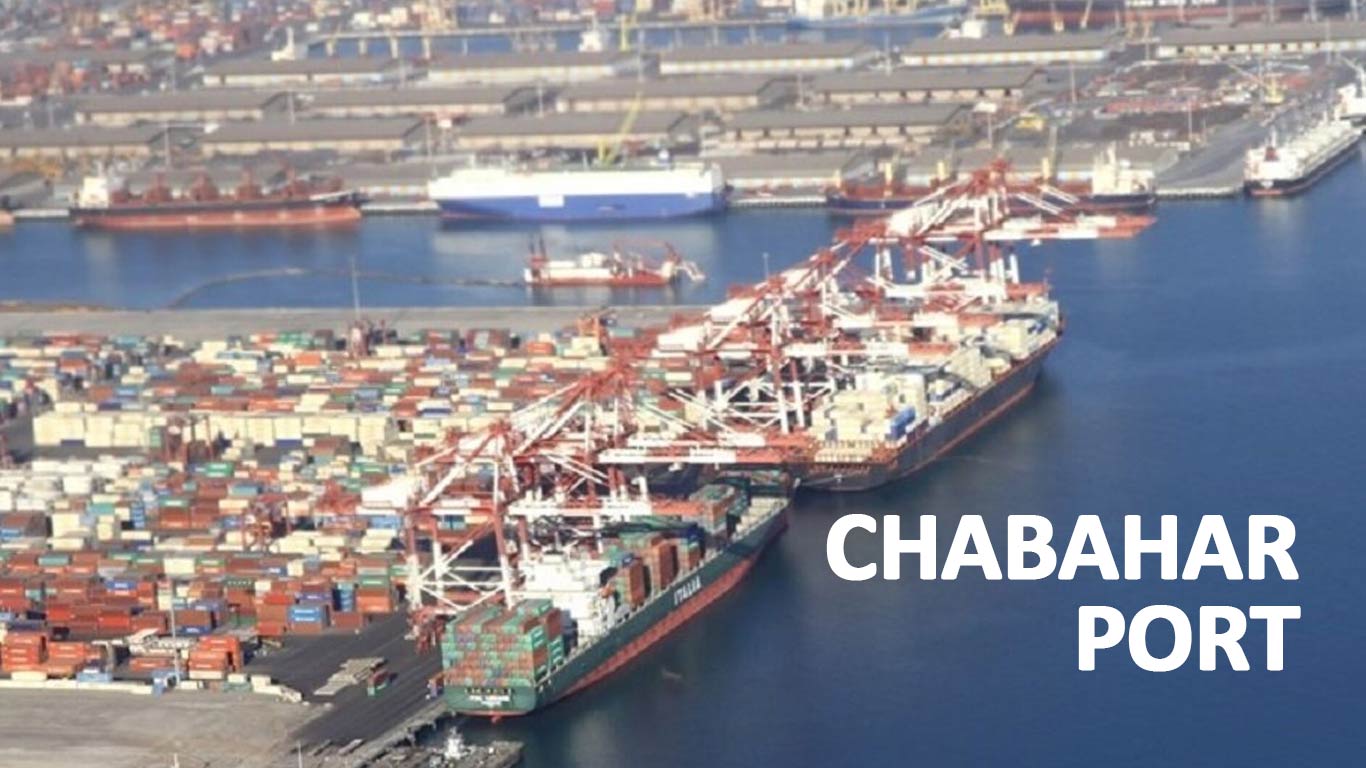India's credit rating slips; yet upgrade seen in textiles, agri products & packaged foods
Updated: Oct 08, 2013 01:33:04pm

“Despite the tough economic environment, we continue to see rating upgrades. Almost 40 per cent of the upgrades were driven by firm specific factors such as satisfactory track record of timely debt servicing by firms that were previously rated default grade, and an improvement in capital structure following higher-than anticipated equity infusions or reduction in debt,” President, CRISIL Ratings, Ramraj Pai said.
“Another 25 per cent,” he pointed out, “was due to better business conditions for firms that are not dependent on investment demand such as textiles, agricultural products and packaged foods sectors. These sectors witnessed the highest upgrade rates.”
On the other hand, power, road transport and construction sectors had the highest downgrade rates.
In a report released here yesterday, CRISIL’s credit ratio -- or the proportion of upgrades to downgrades -- for the first half of the current fiscal ended September 30 came in at 0.87 times.
The ratio has stayed under 1 for the last two years. This time around, there were 478 downgrades to 417 upgrades.
“As much as 86 per cent of the downgrades were due to demand slowdown and stretch in liquidity (caused by delays in receivables),” it said. CRISIL believes these problems, along with high interest rates, mean credit quality of corporates will remain weak in the near term.
CRISIL’s analysis on 2,481 firms rated BBB (Better business bureau) and above indicates that a fourth of these firms were highly vulnerable to demand slowdown and a sixth to liquidity constraints.
“Working capital management emerged as a clear differentiator of credit quality. Firms with longer working capital cycles – or gross current assets (GCA) exceeding 240 days of sales - have witnessed twice the number of downgrades compared with upgrades,” Pai said.
“On the other hand, firms with prudent working capital management, as indicated by low GCAs of less than 120 days of sales, witnessed more upgrades than downgrades,” he added.
Asset quality of banks would reflect the weakness in the external environment.
According to Senior Director, CRISIL Ratings, Pawan Agrawal, “We expect the gross non-performing assets (NPAs) to increase sharply by 110 basis points to 4.4 per cent of gross advances by the end of this fiscal, up sharply from 3.3 per cent last year.
“Furthermore, systemic weak assets are likely to rise by 140 basis points to 5.7 per cent of gross advances by the end of this fiscal, a significant increase over last year’s 4.3 per cent,” he said.
Weak assets are defined as gross nonperforming assets (NPAs) plus 30 per cent of restructured standard assets (RSAs), excluding those of state power utilities. CRISIL believes 30 per cent of RSAs have a high chance of slipping into NPAs over the next two years on account of the L-shaped economic growth trajectory expected.
Going forward, demand and adequacy of funding will drive credit quality of companies. CRISIL believes downgrades will continue to outnumber upgrades over the near term, and intensity of downgrades may even increase. (KNN/ES)











